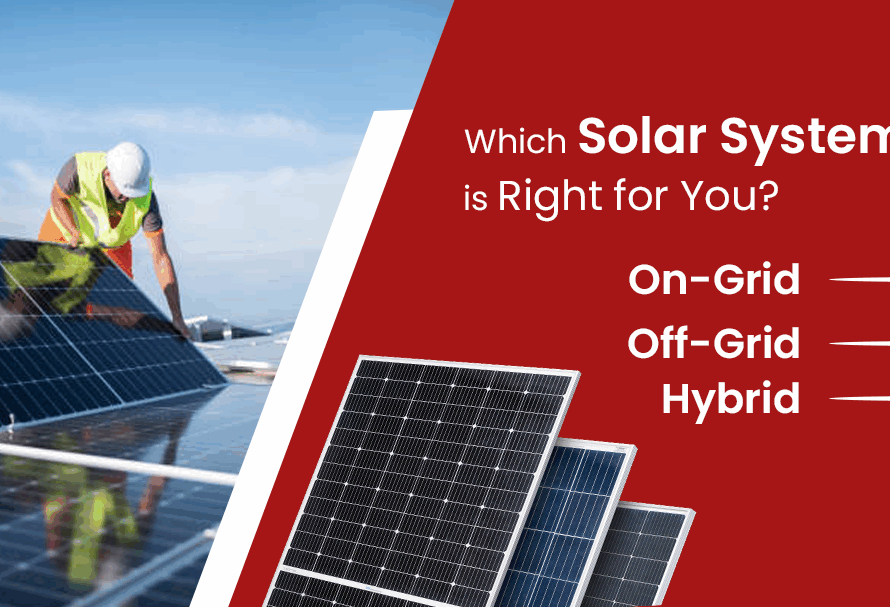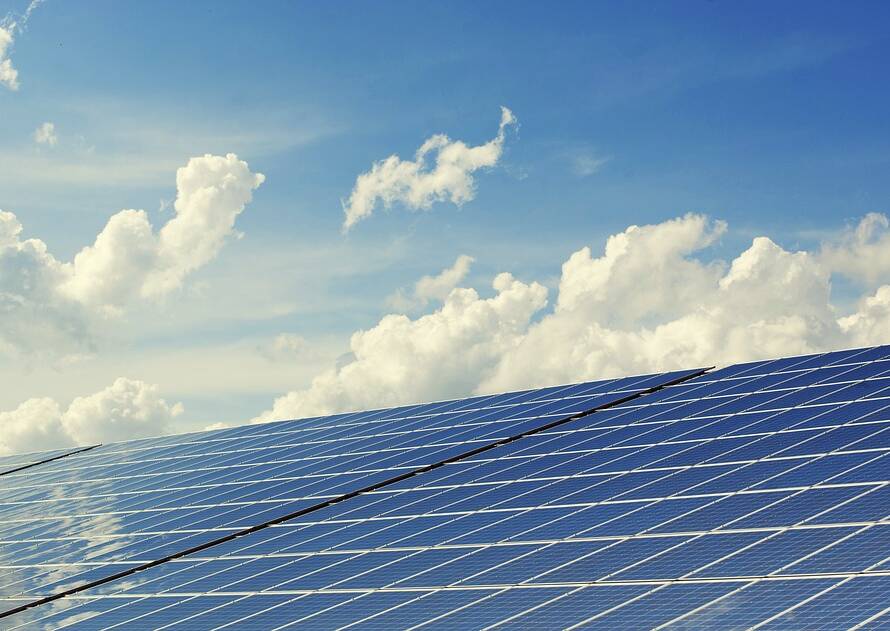The sun beats down upon the sands of Qatar, a relentless, almost theatrical display of nature’s power. Yet, this potent energy source, along with the potential harnessed from the windswept deserts and the vast expanse of the Arabian Gulf, remains largely untapped. To paraphrase Shaw himself, “He who can, does. He who cannot, teaches. But he who teaches and does, is a master.” Qatar, a nation built on the extraction of finite resources, stands at a critical juncture, poised to embrace a future powered by the very forces that shape its landscape. This essay will explore the innovative strides being made in renewable energy within Qatar, examining the challenges and opportunities that lie ahead in its transition towards a sustainable energy paradigm. The path is fraught with complexities, but the potential rewards – environmental, economic, and geopolitical – are too significant to ignore.
Harnessing Solar Power: A Desert Bloom of Innovation
Qatar’s abundant sunshine presents an undeniable opportunity for large-scale solar power generation. Photovoltaic (PV) technology, constantly evolving, is at the forefront of this endeavor. Recent advancements in perovskite solar cells, for instance, promise higher efficiencies and lower production costs than traditional silicon-based cells (Snaith, 2013). The integration of concentrated solar power (CSP) systems, utilising parabolic mirrors to focus sunlight onto a receiver, offers another avenue for efficient energy production, particularly during peak sunlight hours. However, the challenge lies not simply in deploying the technology, but in integrating it seamlessly into the existing energy infrastructure. This requires sophisticated grid management systems and smart energy storage solutions to address the intermittency inherent in solar energy generation.
Challenges and Opportunities in Solar Energy Deployment
| Challenge | Opportunity |
|---|---|
| High initial capital costs for large-scale solar farms | Government subsidies and incentives to attract private investment |
| Land availability in a densely populated region | Development of floating solar farms on reservoirs or utilizing rooftops for distributed generation |
| High ambient temperatures affecting PV cell efficiency | Research and development of heat-resistant PV materials and cooling technologies |
Wind Energy: Capturing the Whispers of the Desert
While less prominent than solar, wind energy holds significant potential, particularly in coastal regions and elevated areas. The implementation of advanced wind turbine designs, such as those incorporating vertical-axis wind turbines (VAWTs), could mitigate some of the challenges associated with conventional horizontal-axis turbines (HATs) in complex terrains. Furthermore, hybrid systems combining wind and solar energy can provide a more stable and reliable energy supply, reducing reliance on fossil fuels. As Lovins (1977) argued, “The cheapest energy is the energy you don’t use.” This principle is particularly relevant in Qatar’s context, where careful planning and energy efficiency measures can significantly reduce overall energy demand.
Technological Advancements in Wind Energy
The efficiency of wind turbines is governed by the Betz limit, a theoretical maximum of 59.3% for energy extraction from the wind (Betz, 1919). While this limit cannot be surpassed, ongoing research focuses on optimising turbine design, blade aerodynamics, and control systems to approach this limit as closely as possible. Furthermore, advancements in materials science are leading to the development of lighter, stronger, and more durable turbine components, enhancing both efficiency and longevity.
The Role of Energy Storage: Smoothing the Intermittency
The intermittent nature of renewable energy sources poses a significant challenge. Energy storage technologies are crucial for ensuring a consistent and reliable power supply. Battery storage systems, particularly lithium-ion batteries, are becoming increasingly cost-effective and efficient, offering a viable solution for short-term energy storage. However, for larger-scale applications, pumped hydro storage (PHS) and compressed air energy storage (CAES) may be more suitable. Research into advanced storage technologies, such as flow batteries and thermal energy storage, is also crucial for meeting future energy demands.
Formula for Grid Stability with Renewable Energy Integration
The stability of a power grid integrating intermittent renewable sources can be represented by the following simplified formula:
Grid Stability = f(Renewable Energy Penetration, Energy Storage Capacity, Grid Management Efficiency)
Where:
-
- Renewable Energy Penetration: The percentage of electricity generated from renewable sources.
-
- Energy Storage Capacity: The total energy storage available to compensate for fluctuations.
-
- Grid Management Efficiency: The effectiveness of the grid control system in managing supply and demand.
Conclusion: A Vision for a Sustainable Qatar
Qatar’s transition towards renewable energy is not merely a technological challenge, but a societal and economic imperative. It requires a concerted effort from government, industry, and academia, fostering innovation and collaboration at every level. The adoption of sustainable energy practices is not simply about mitigating climate change; it’s about securing a prosperous and secure future for generations to come. As Einstein wisely stated, “We cannot solve our problems with the same thinking we used when we created them.” A paradigm shift is needed, one that embraces innovation, collaboration, and a long-term vision for a sustainable Qatar.
Innovations For Energy, with its extensive portfolio of patents and innovative technologies, stands ready to collaborate with organisations and individuals seeking to harness the power of renewable energy. We offer technology transfer and research partnerships, contributing to the creation of a cleaner, more sustainable future. We invite you to engage with our team and share your insights. Please leave your comments below, and let us collectively chart a course towards a brighter, more sustainable tomorrow.


